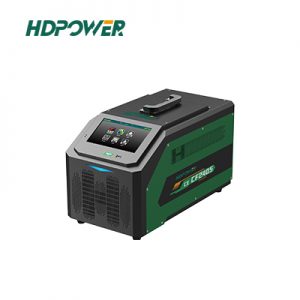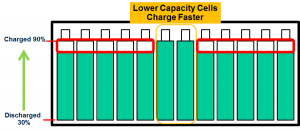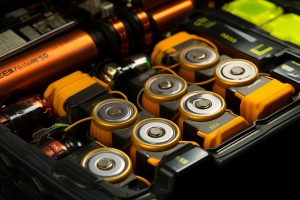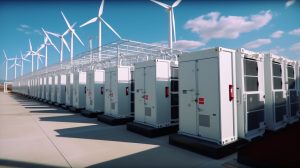What is battery equalization?
Battery equalization (or cell balancing) is a controlled process that ensures all individual cells within a battery pack maintain a consistent voltage and state of charge (SoC). This is critical for series-connected battery packs (common in electric vehicles, forklifts, and renewable energy storage), where cell imbalances can drastically reduce performance, capacity, and lifespan.Battery equalization is essential for maintaining health and efficiency in multi-cell battery packs. It compensates for natural cell variations, prevents damage, and ensures all cells contribute equally to the pack’s total energy output—maximizing both performance and longevity.
What is battery equalizer?
A battery equalizer is a hardware device or circuit that balances the voltage and state of charge (SoC) across individual cells in a battery pack. It prevents imbalances caused by manufacturing variations, temperature fluctuations, or aging, ensuring optimal performance and longevity of the entire battery system.

How Battery Equalizer Works?
Passive Battery Equalizer:
Divert excess energy from high-charge cells through resistors, dissipating it as heat.
Use case: Low-cost applications (e.g., small electronics).
Active Battery Equalizer:
Transfer energy from high-charge cells to low-charge cells using capacitors, inductors, or DC-DC converters.
Use case: High-efficiency systems (e.g., EVs, grid storage).

Key Functions
Voltage Balancing:
Forces all cells to reach full charge/discharge simultaneously.
Prevent Damage:
Stops weak cells from over-discharging or strong cells from overcharging.
Extend Lifespan:
Reduces stress on individual cells, boosting pack longevity by 5–30%.
Battery Equalizer Applications
Capacitive equalizers use switched capacitors to actively redistribute charge between cells, offering higher efficiency (>85%) than passive methods. Ideal for precision-critical and high-energy systems.
1. High-Performance EVs & Hybrid Vehicles Battery Equalizer
- Problem: Cell mismatches in 400V+ packs reduce range by 15-30%.
- Solution: Capacitive balancers transfer energy at 2-10A with >90% efficiency.
- Impact: Prevents voltage spread >50mV/cell, extending pack life to 2,000+ cycles.

2. Grid-Scale Energy Storage (BESS) Battery Equalizer
- Challenge: Imbalances in 1MWh+ Li-ion/flow batteries cause capacity fade.
- Implementation: Modular capacitor arrays balance 100-cell strings at <1W loss per transfer.
- Result: Maintains >95% SOC uniformity across 48h charge/discharge cycles.

3. Aerospace & Satellite Power Systems
- Requirement: Zero overheat risk in oxygen-rich environments.
- Advantage: Capacitive systems operate at <40°C vs. resistive balancers (>80°C).
- Example: SpaceX Starlink batteries use switched-capacitor balancing at 5A peak.
4. Medical Portable Equipment
- Critical Need: Safety compliance (IEC 60601) for implantable/ICU devices.
- Use Case: Capacitive equalizers in defibrillator packs ensure ±1% voltage tolerance.
Summary
This article demonstrates a significant demand for Battery Equalizers within the industrial load testing sector. To meet the evolving needs of such applications, HDPOWER distributes a comprehensive range of Battery Equalizer types. Should you have further inquiries about Battery Equalizers, please contact our sales team for personalized assistance.





